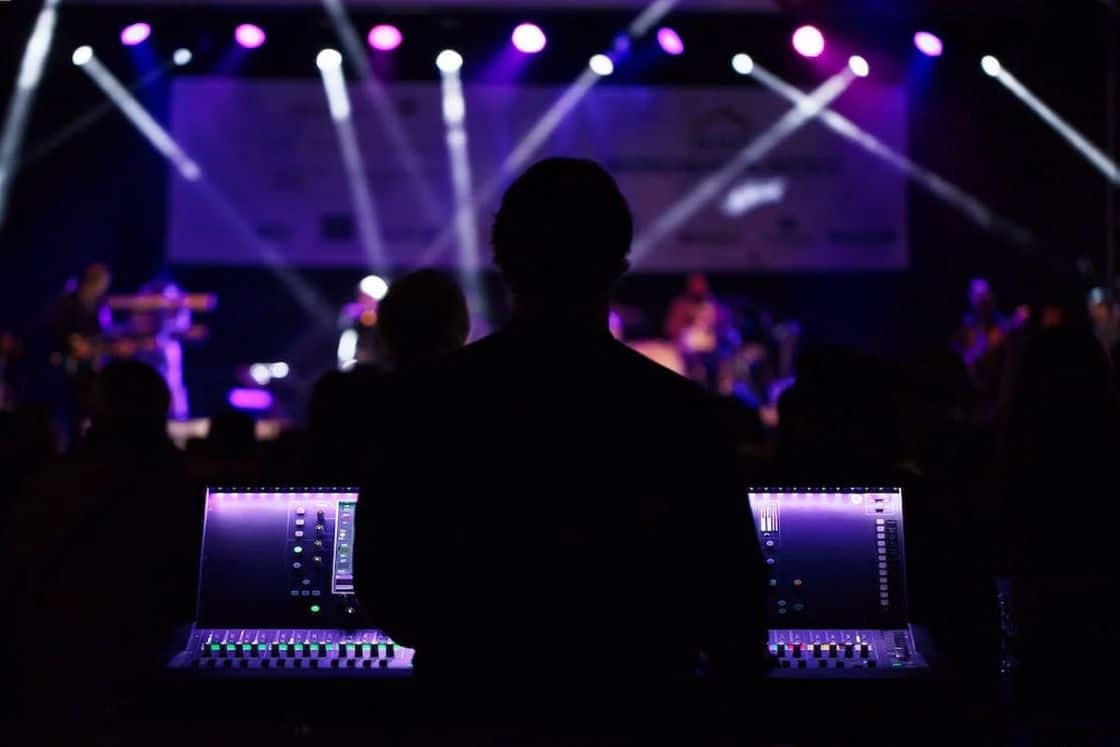One of the most important benefits of Light Emitting Diode display walls is their brightness. Light Emitting Diode technology produces lively and bright images that can be readily seen in multiple lighting conditions. Unlike conventional projectors, which can struggle in brightly lit settings, LED display screens maintain their clarity and hue accuracy even in bright rooms. This makes them ideal for external events or places with big windows. The elevated luminosity levels ensure that the content displayed is consistently clear, making it simpler for viewers to engage with the data being shown.
In addition to luminosity, LED display screens provide superior image clarity. They offer greater definition and better color reproduction compared to traditional projector technologies. This means that pictures and videos displayed on an Light Emitting Diode screen appear crisper and more detailed. The pixel concentration of LED displays allows for close observation without losing clarity, which is especially important in environments like trade fairs or conferences where viewers may be nearby to the display. Furthermore, Light Emitting Diode tech can navigate here produce deeper blacks and more vibrant colors, enhancing the overall aesthetic experience.
Versatility is another key benefit of LED display walls. These technologies can be arranged in various sizes and shapes to fit different spaces and aesthetic needs. Unlike conventional projection systems, which require a specific distance from the display to operate properly, LED video walls can be set up in a variety of settings. They can be bent, tiled, or even used in innovative arrangements to create distinct visual exhibits. This adaptability allows companies to customize their visual presentations to suit their particular requirements, making LED video screens a versatile option for any environment.
Upkeep is also a critical consideration when comparing LED video screens to traditional projector systems. Light Emitting Diode screens generally require less upkeep over time. Traditional projectors often need lamp replacements and routine maintenance to maintain peak functionality. In comparison, LED tech has a greater duration and does not require frequent replacements. This reduces downtime and upkeep expenses, making Light Emitting Diode video screens a more cost-effective solution in the long run. Companies can focus on their presentations rather than concerned about the maintenance of their visual technologies.

Finally, power conservation is an essential factor for many companies. Light Emitting Diode video walls consume less power compared to traditional projection systems, which can lead to significant savings on energy bills. This is especially beneficial for businesses and venues that use displays for long periods. Additionally, the lower power usage of Light Emitting Diode tech contributes to a lowered ecological impact, making it a more sustainable choice. By choosing LED video walls, organizations can benefit from premium visual displays while also being mindful of their energy use and environmental footprint.
In summary, Light Emitting Diode display screens offer numerous benefits over traditional projection systems. Their brightness, visual quality, flexibility, low upkeep requirements, and power conservation make them an excellent choice for contemporary display screens. As innovation continues to advance, LED display screens are likely to become even more common in multiple environments, providing companies with the resources they need to effectively communicate and engage with their viewers.